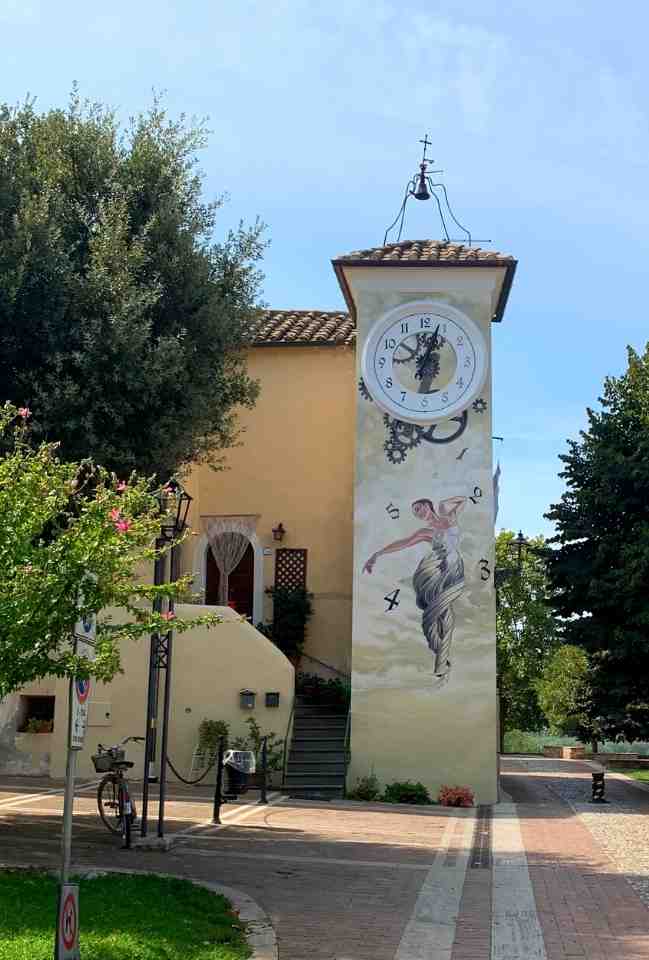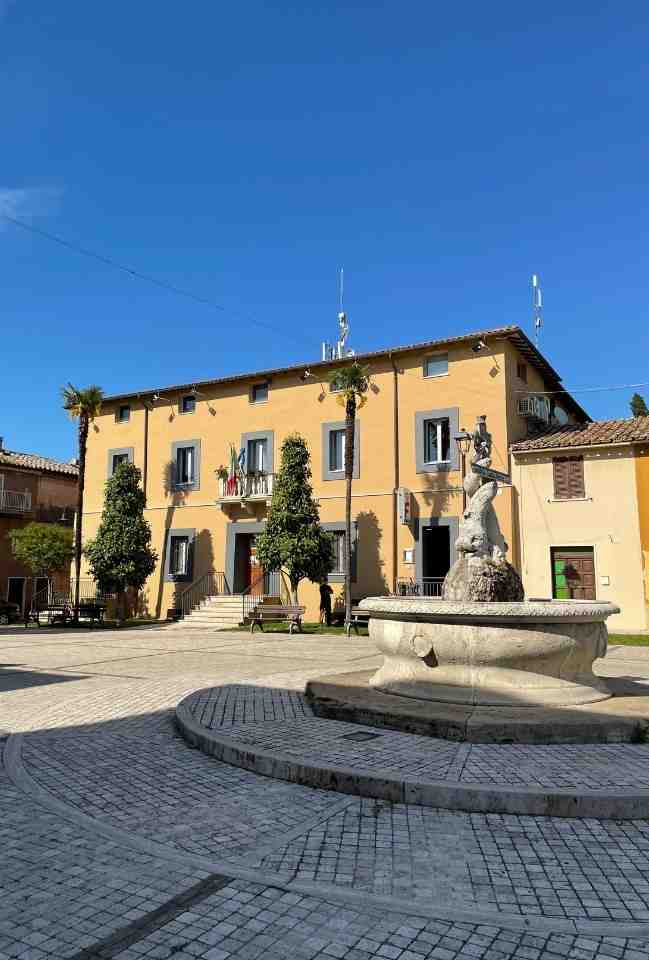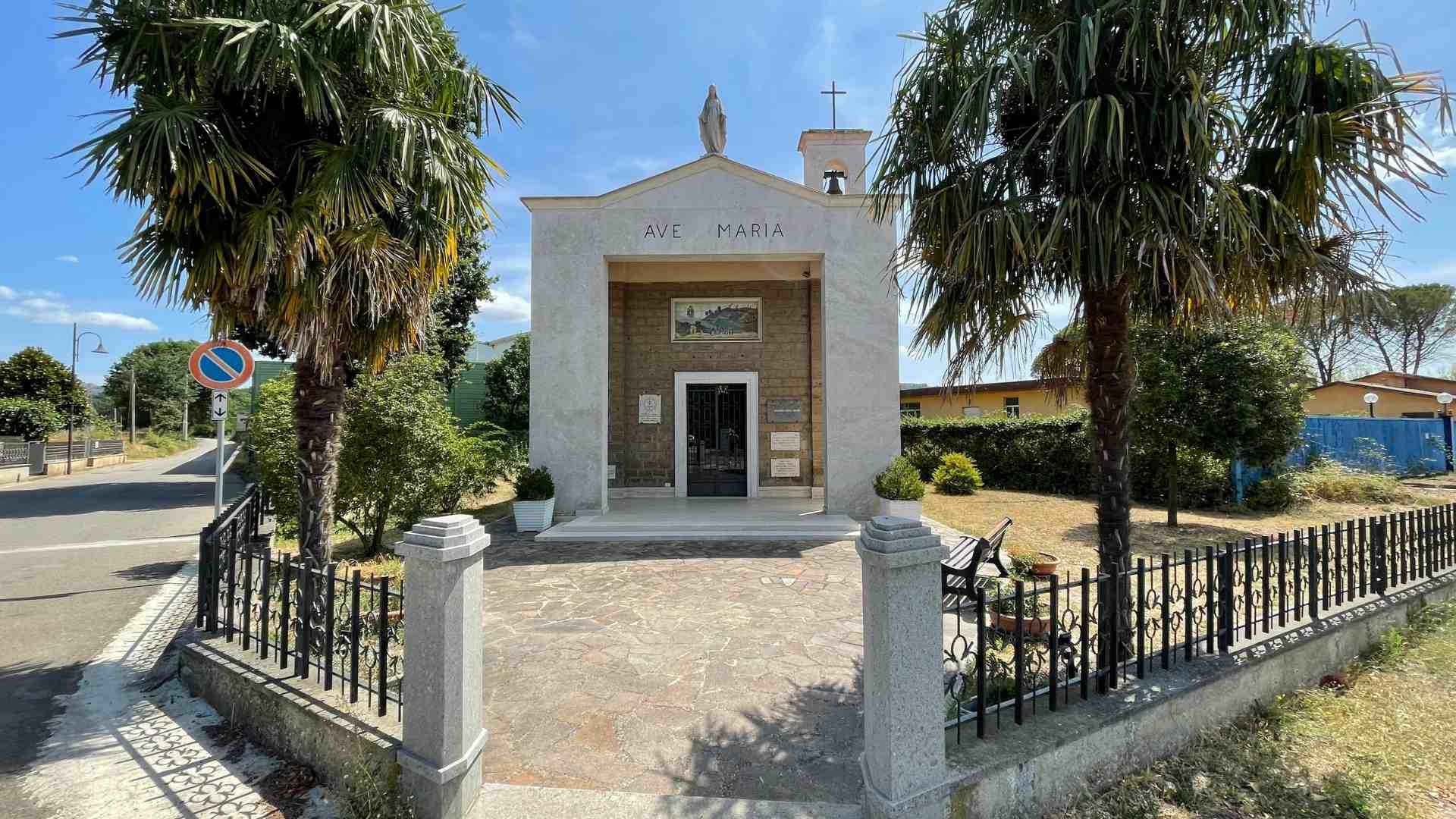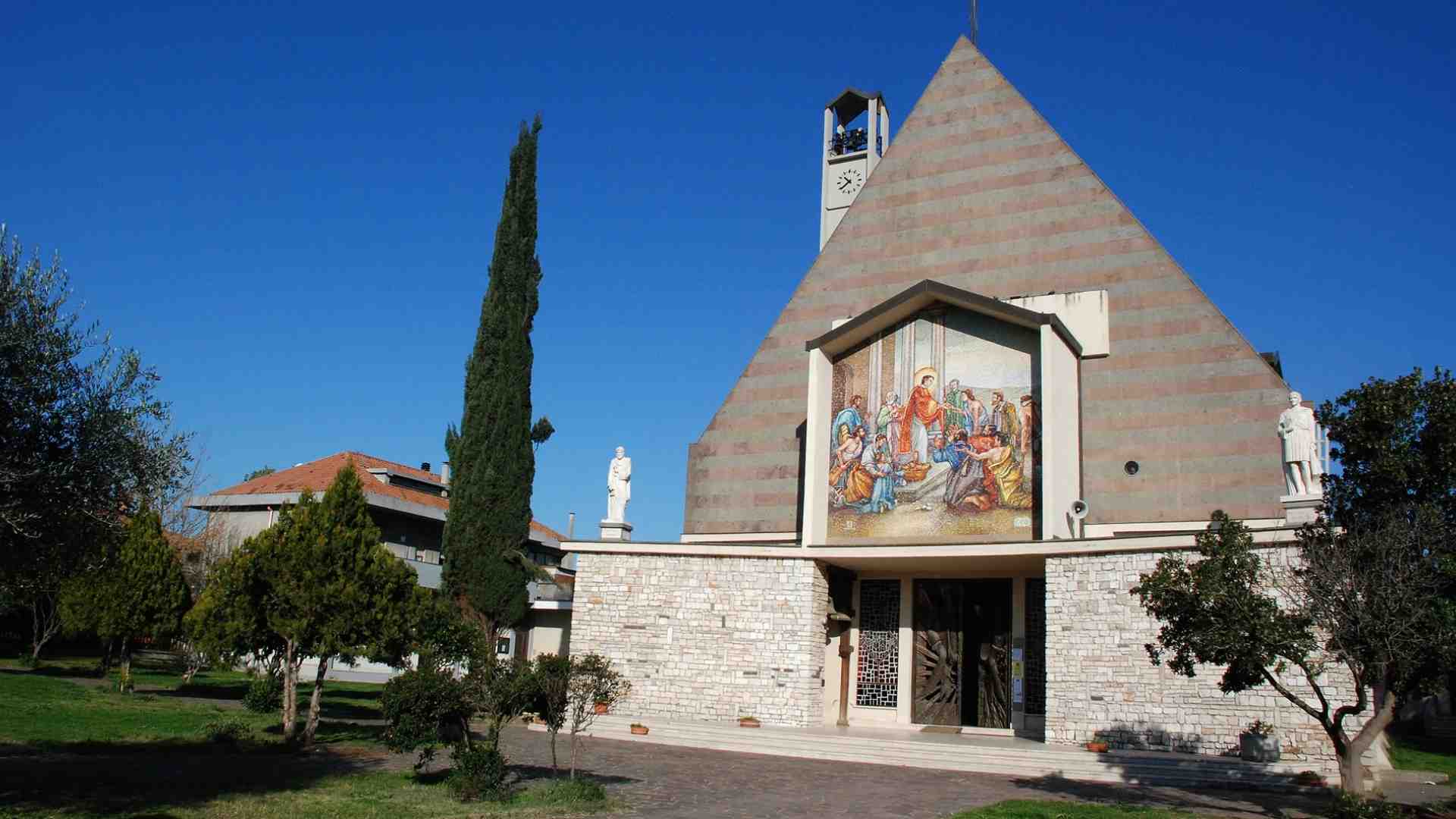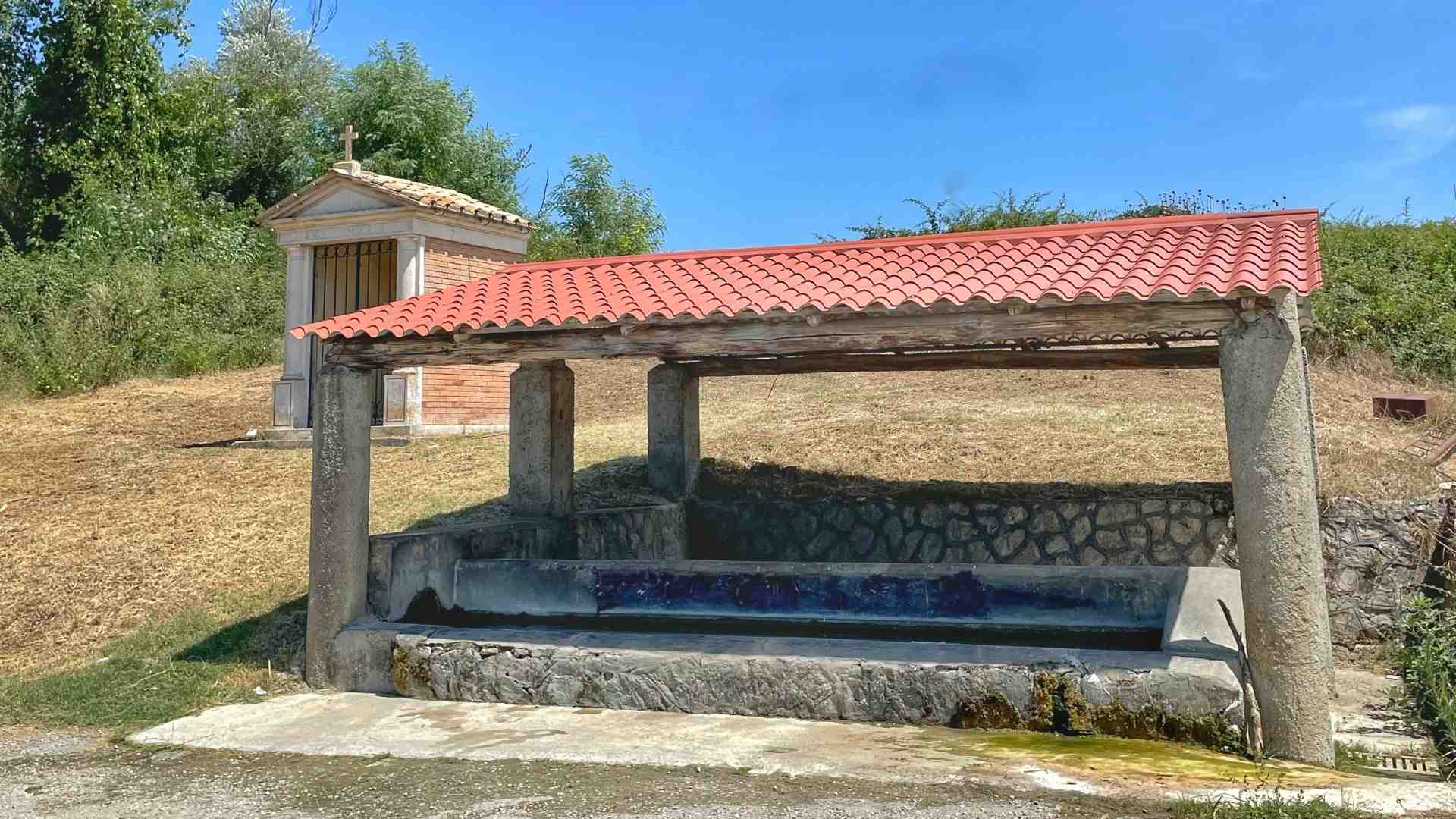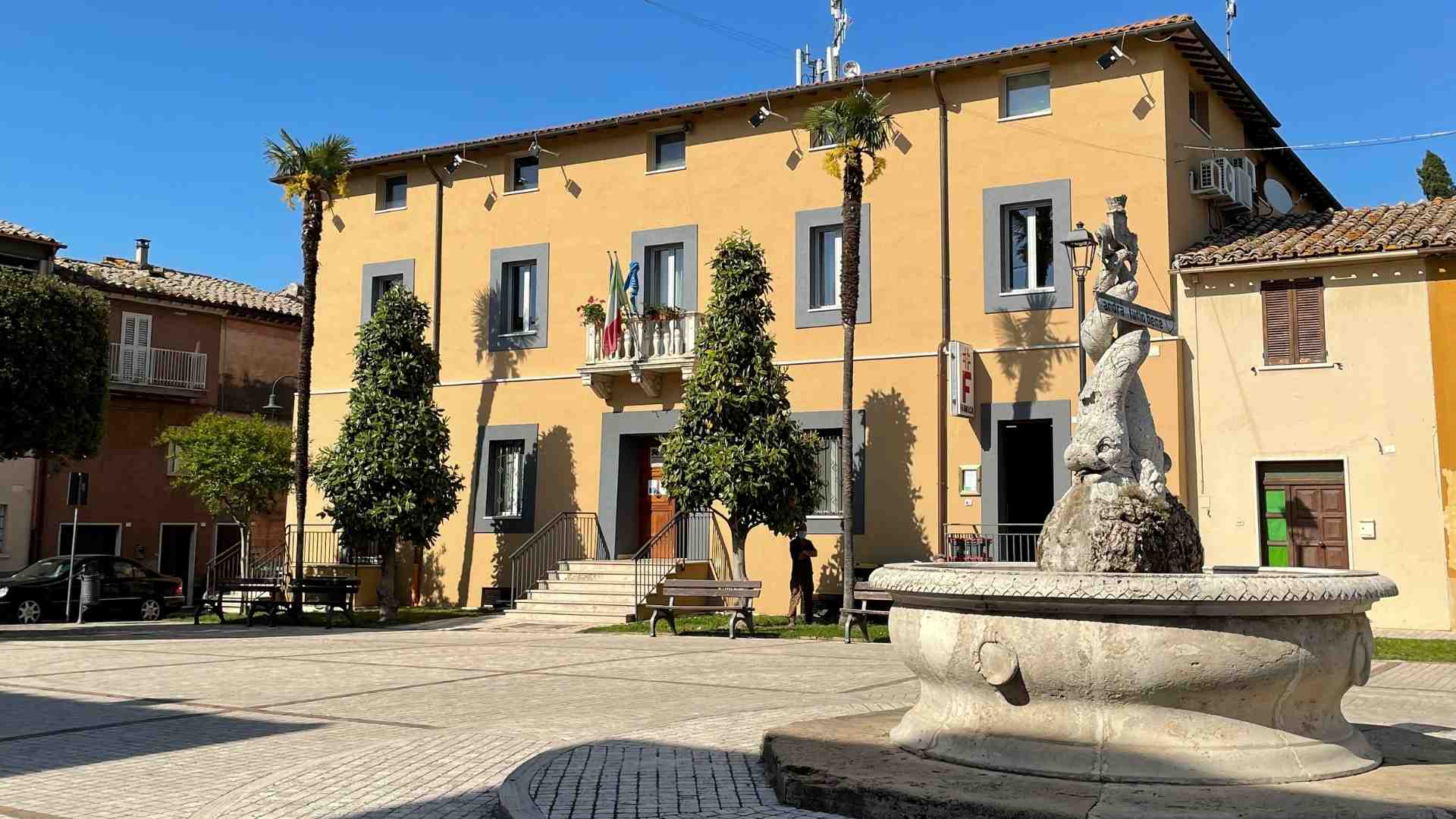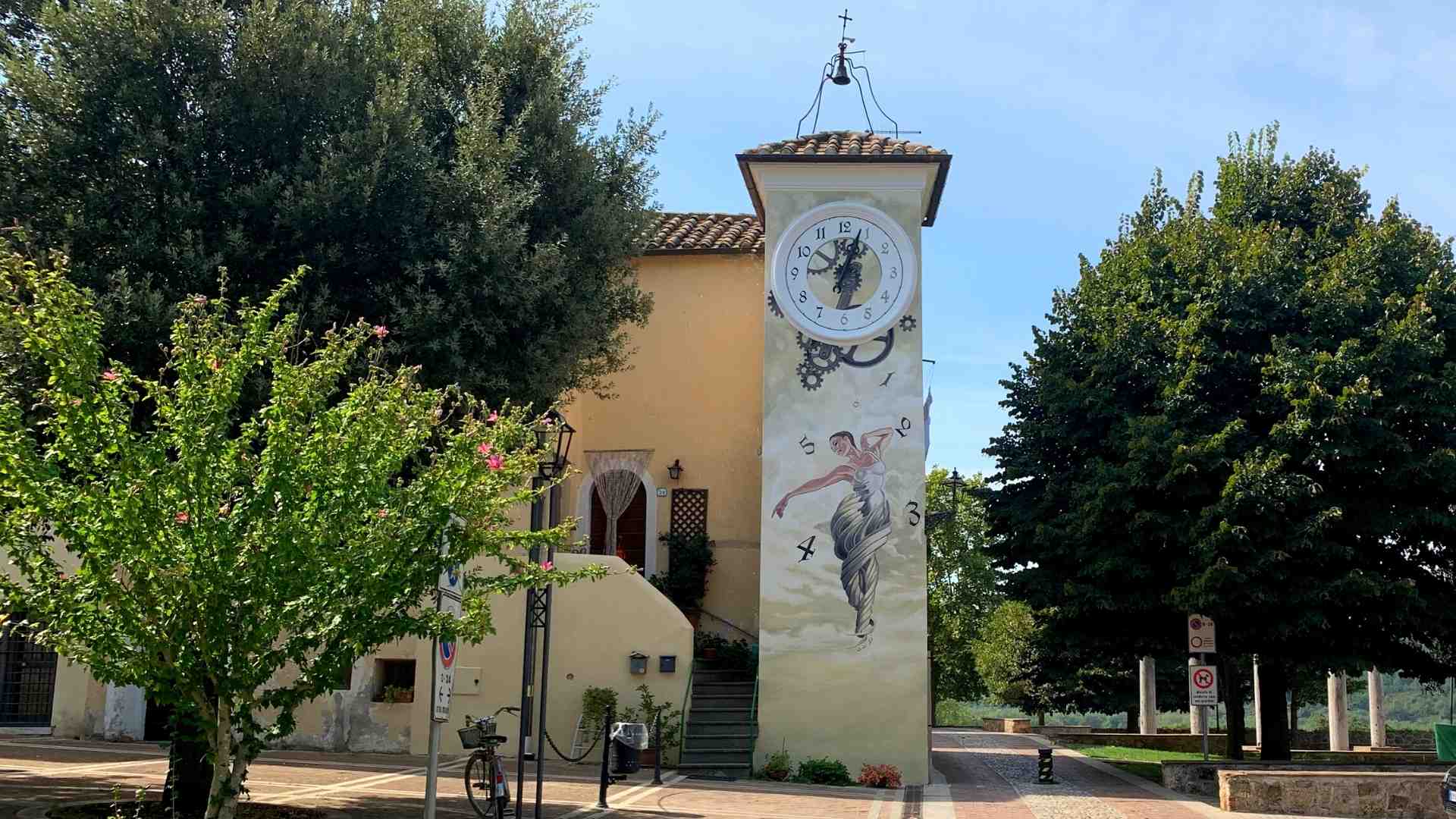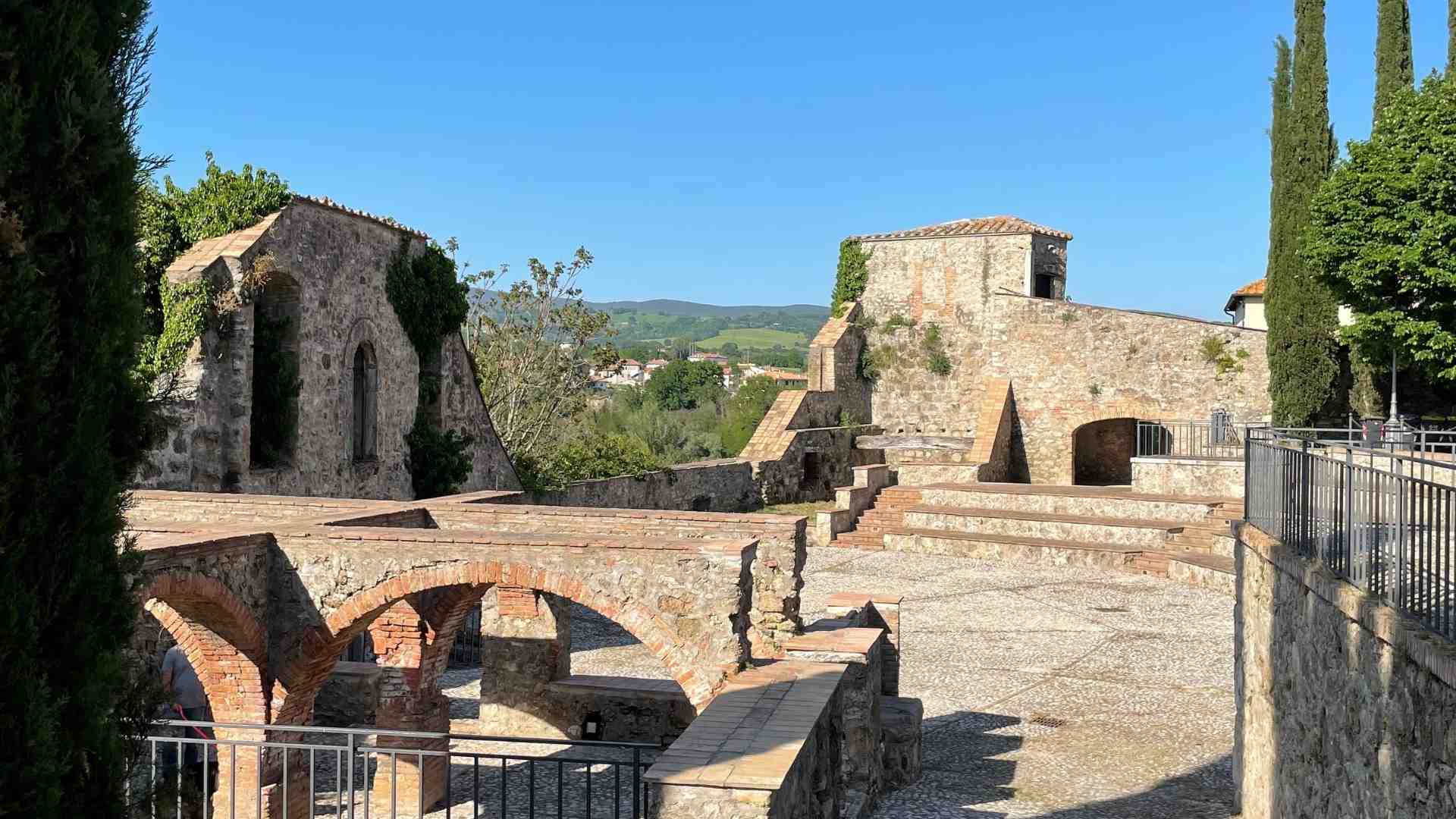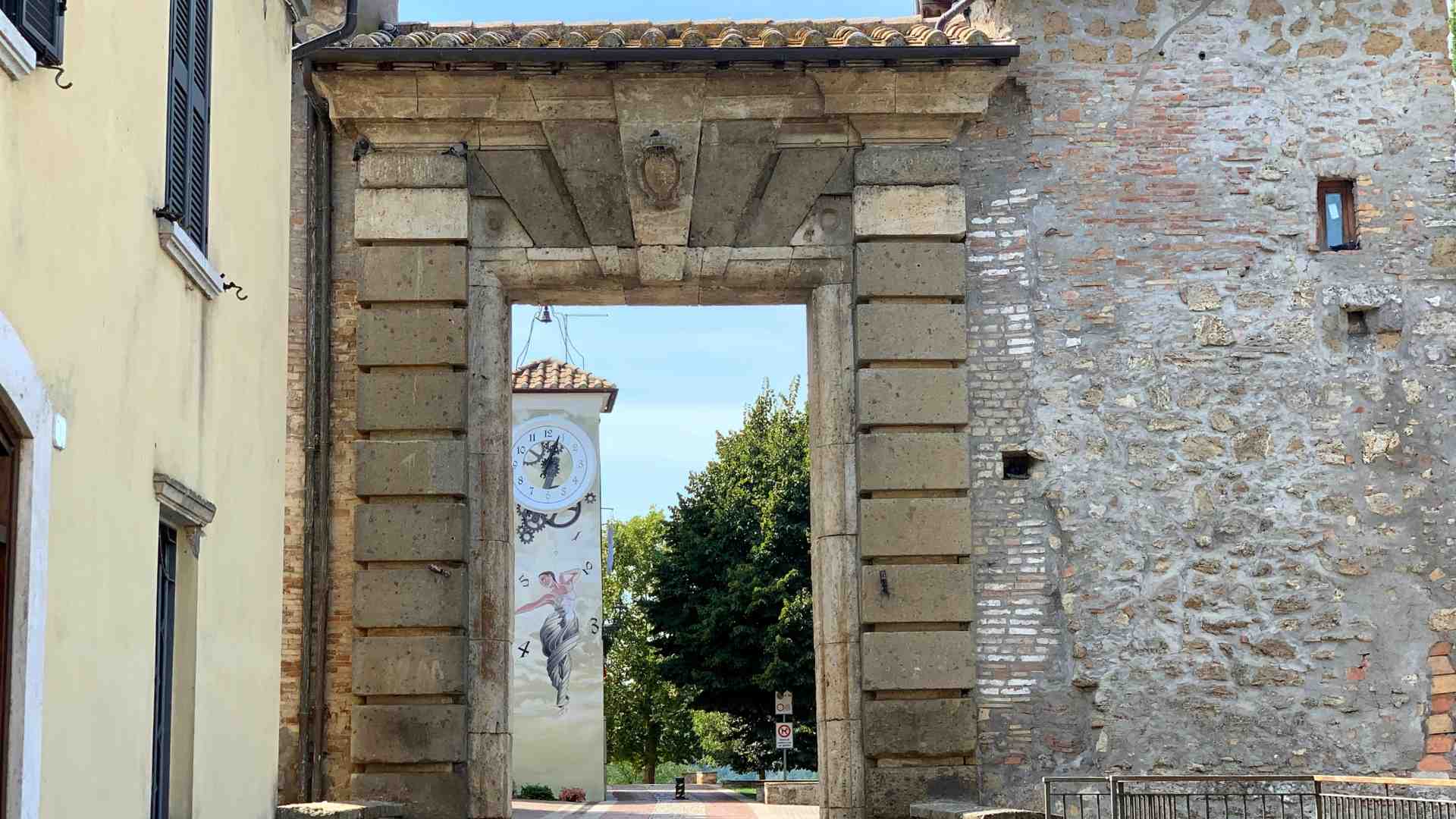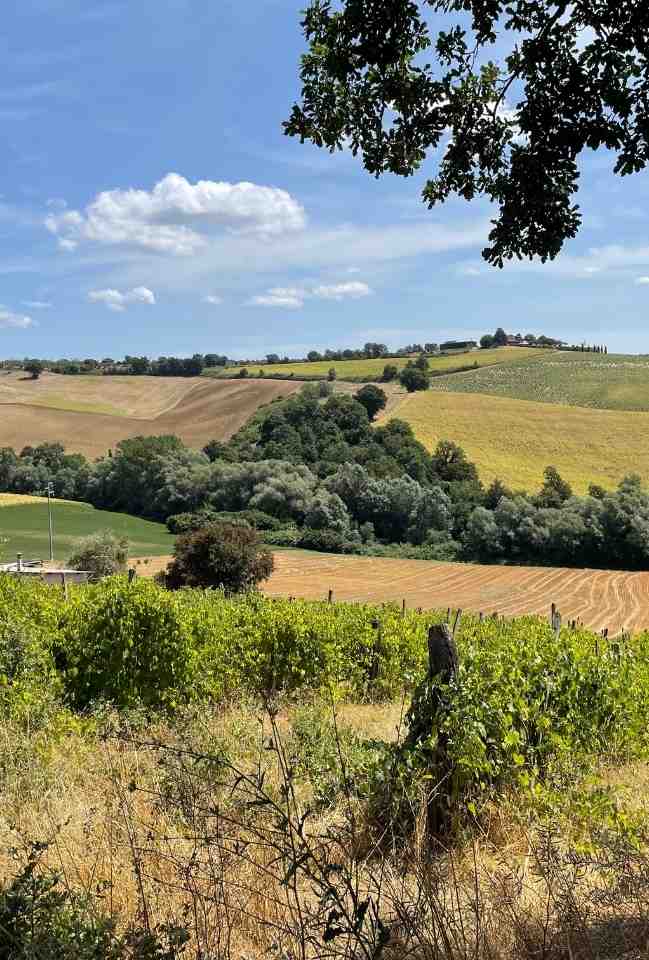The river, which flowed slowly under the cliff, and navigable weather, had represented, from ancient times, an important natural street of transit of culture and cultures, and of commerce, for all of the settlements which are created closed by.
So it was for Attigliano, who, like the necropolis in the Marziano Jana area and in the Malvicino area attest, from the ancient times there were those human settlements built from the meeting between the Estruscan people and Umbrian people.
Important are the finds of the roman period, so much that a romantic tradition want that the same name of the village is connect to the walk towards the hills of lime trees “ad tilias” (to the lime trees) which some romans used to do to escape from the heat of the summer of the villas which were placed near to what must have been a fluvial port, today places in Portovecchio area, active during the medieval period.
It is certain that, after the croll of the Roman Empire, the history of Attigliano is connects to the history of the neighboring lands.
